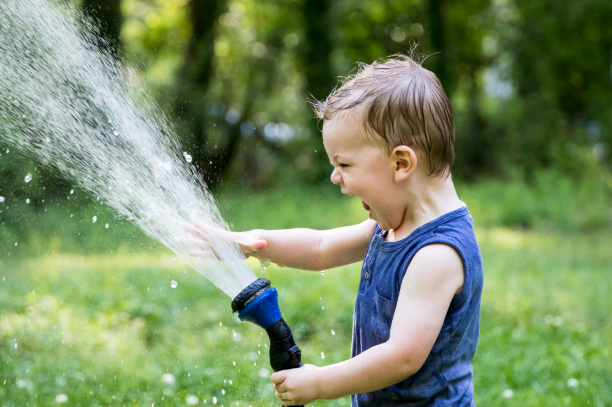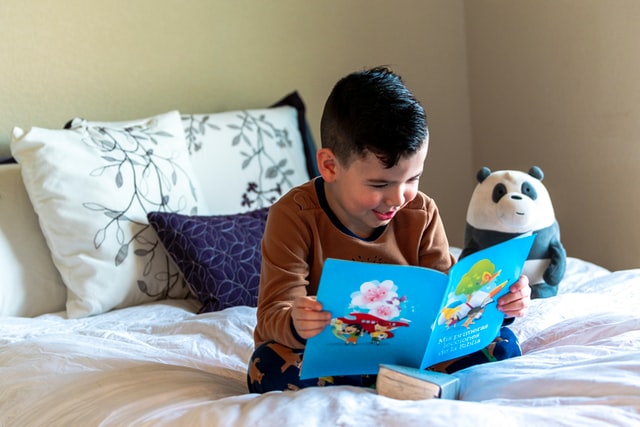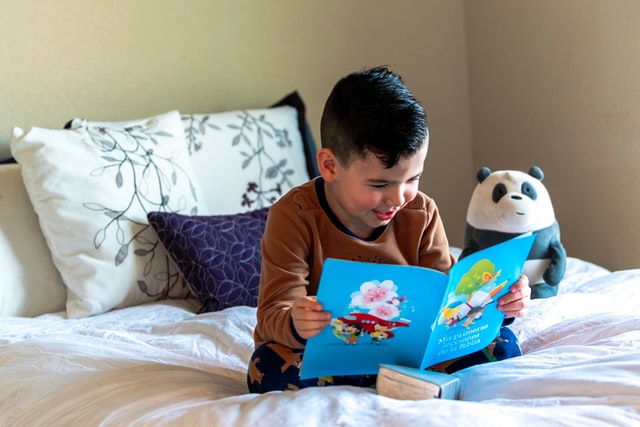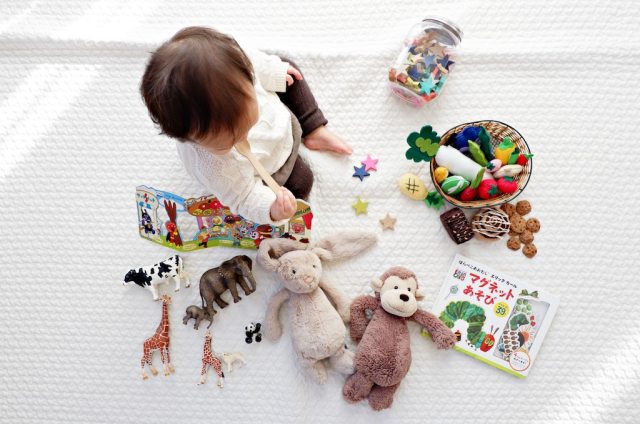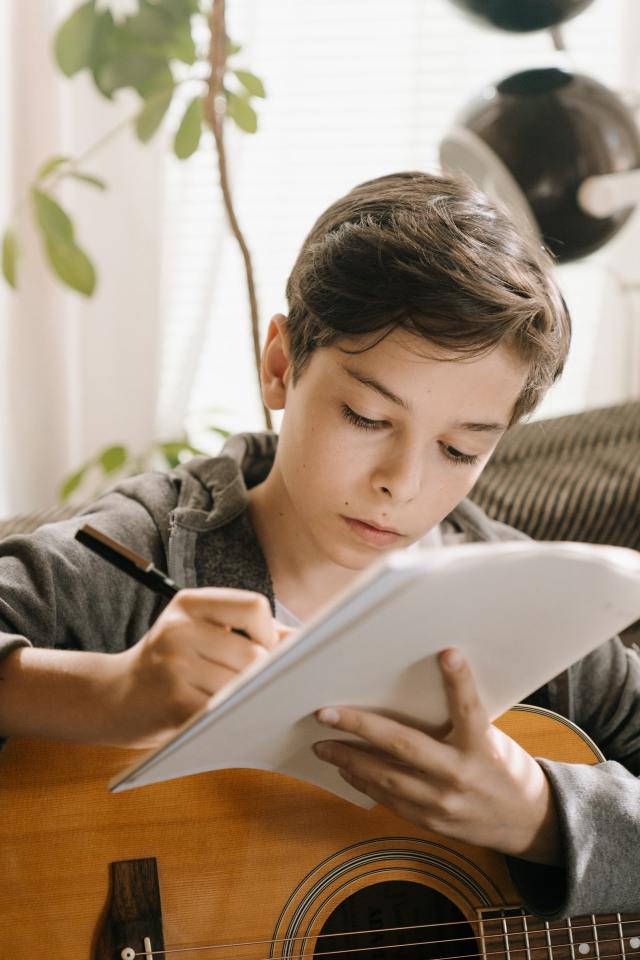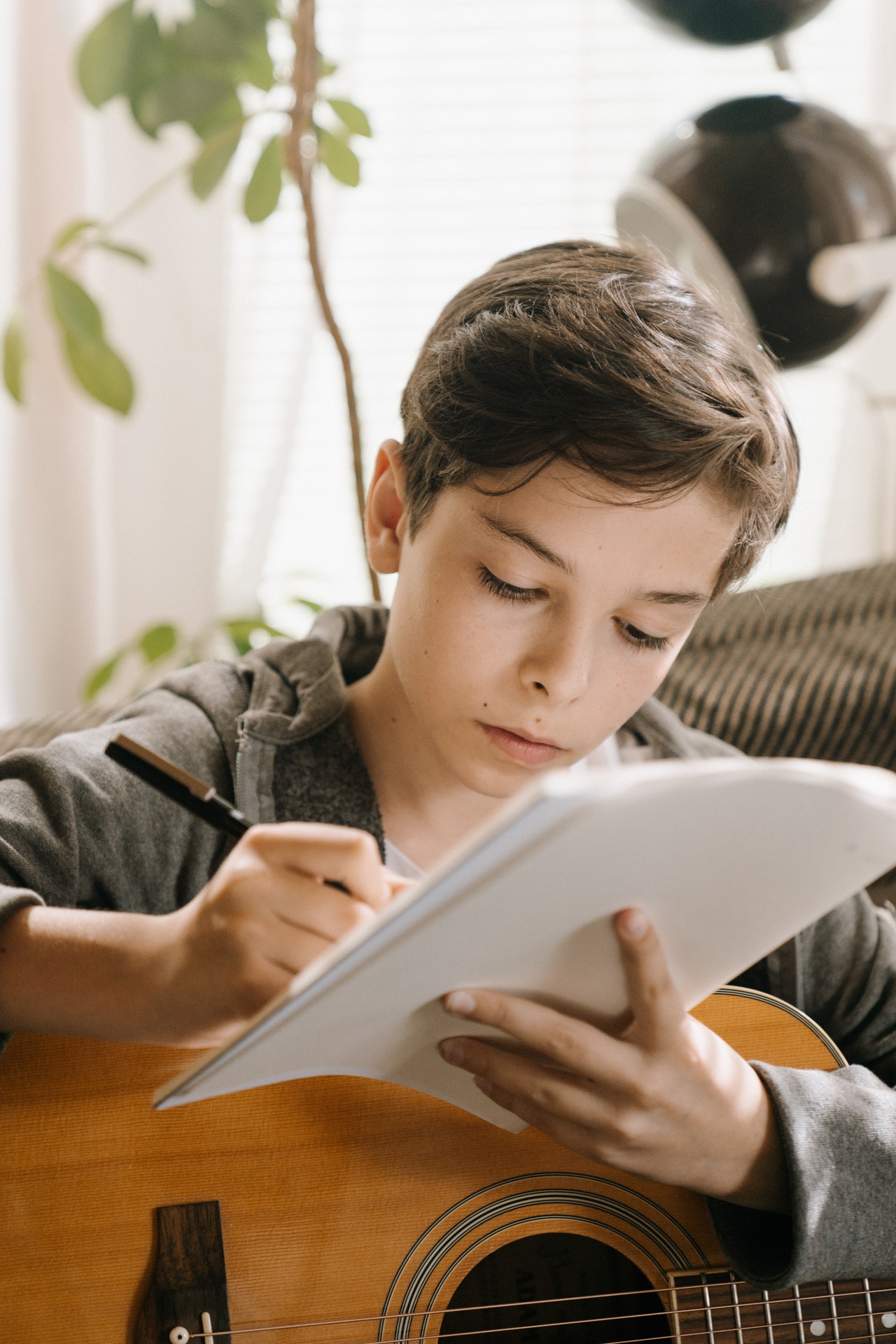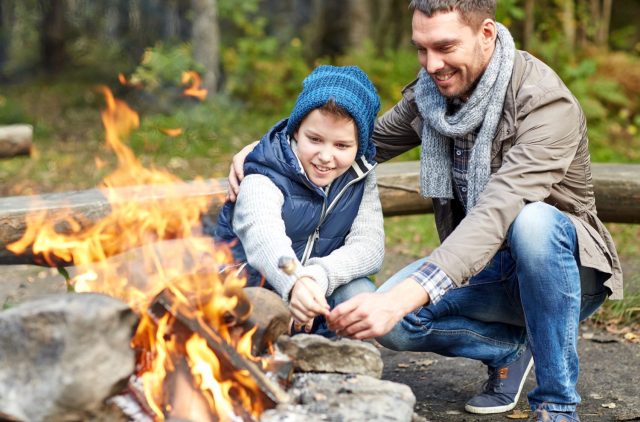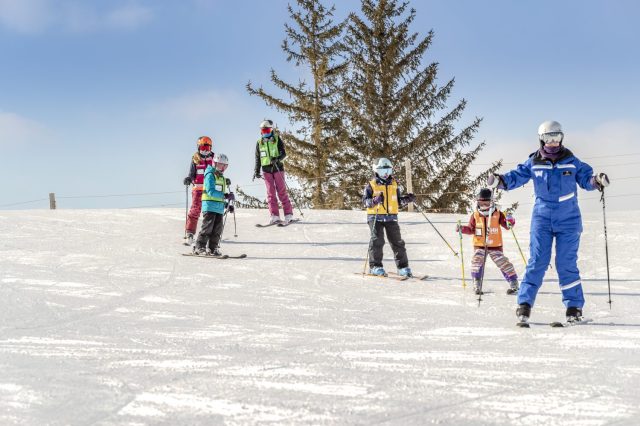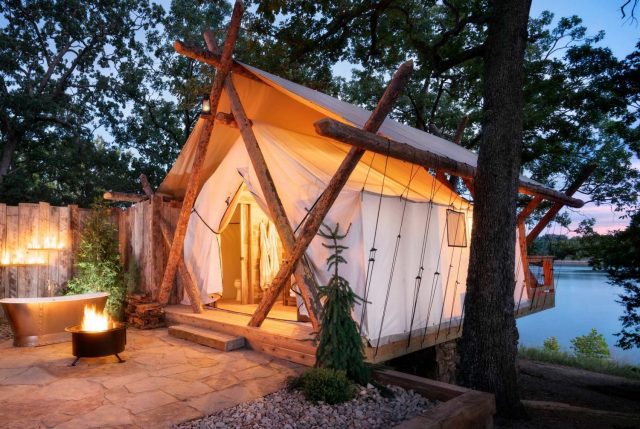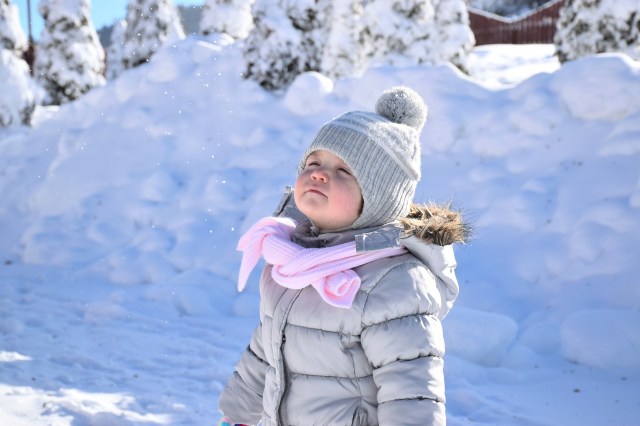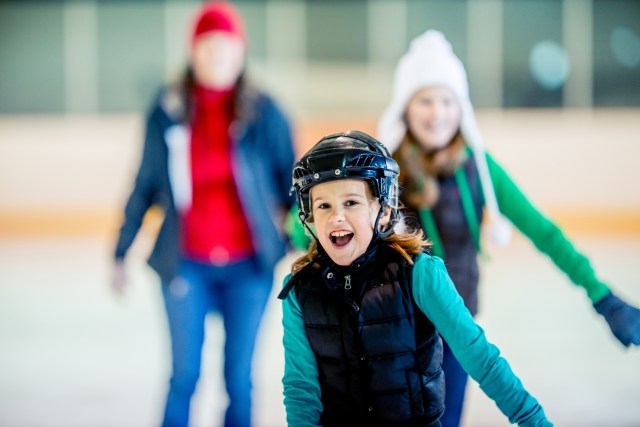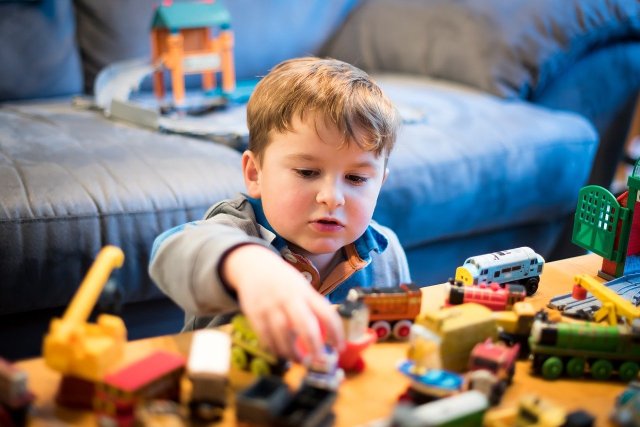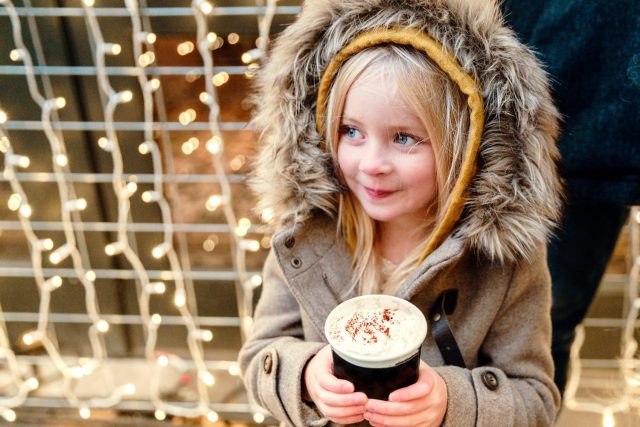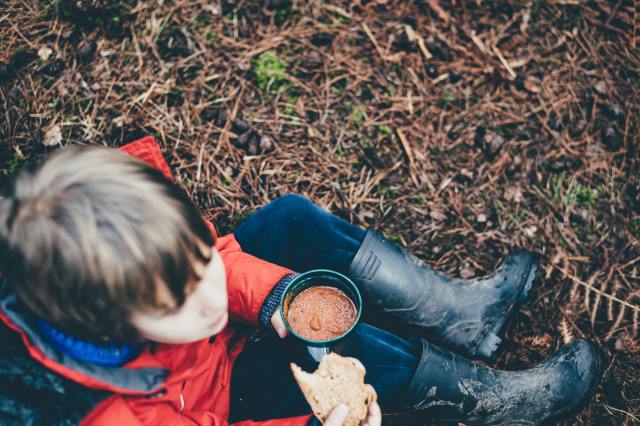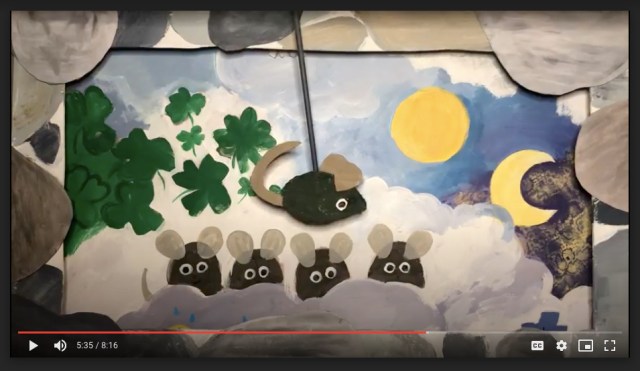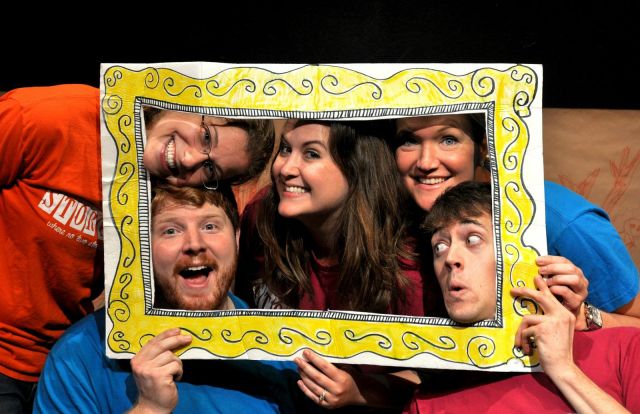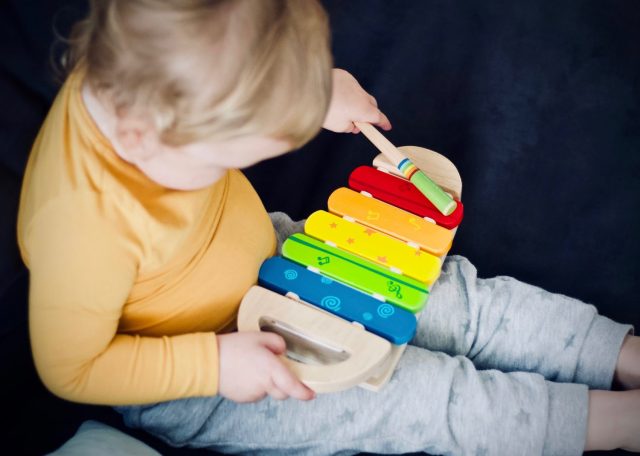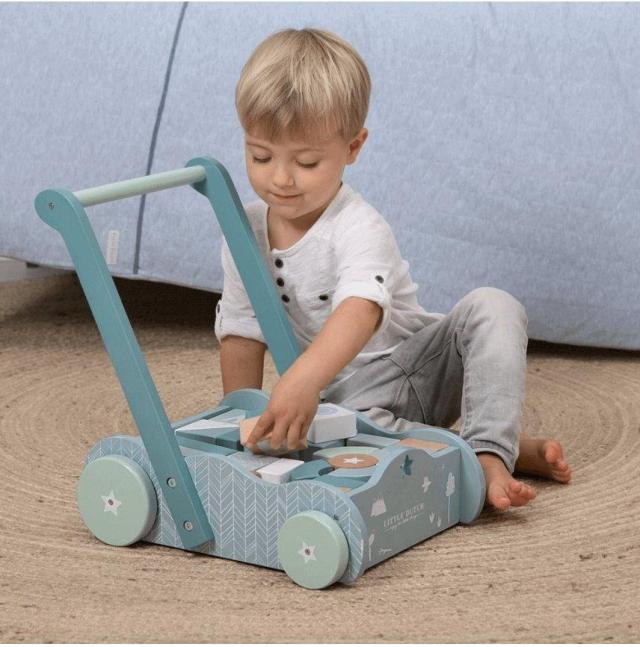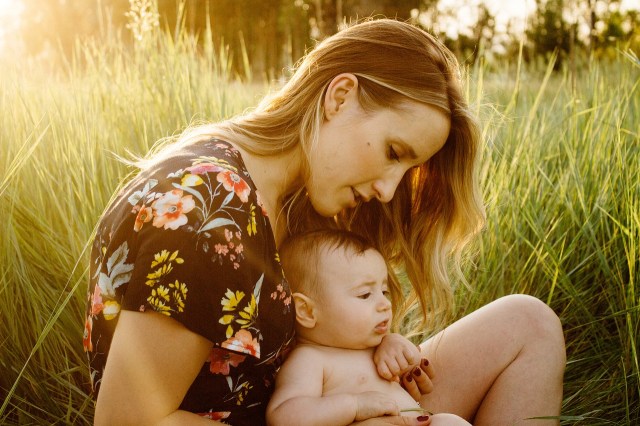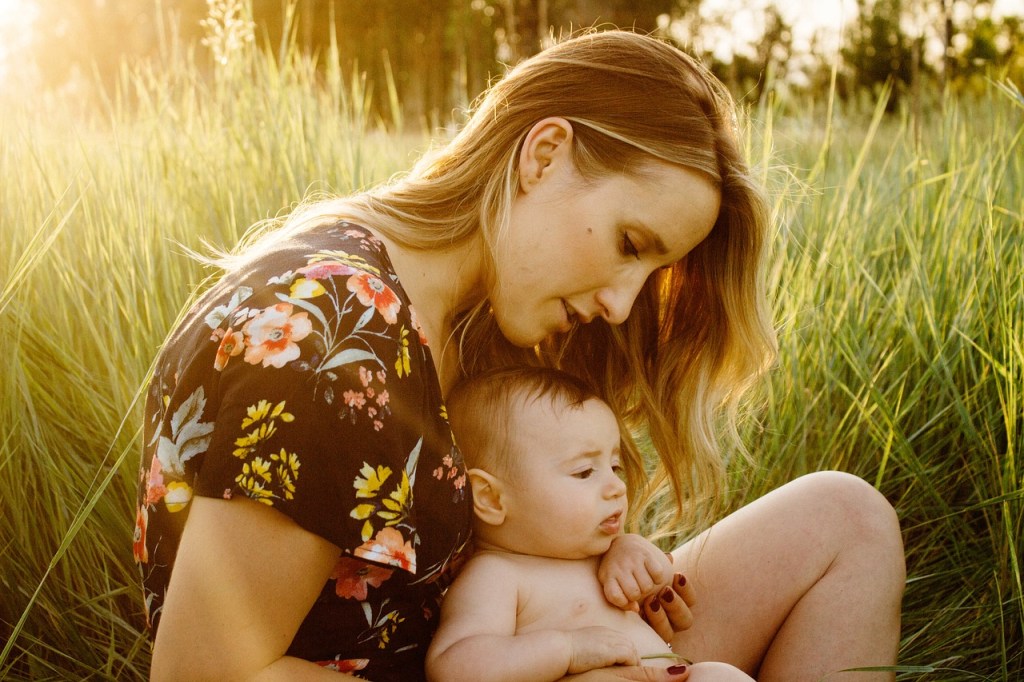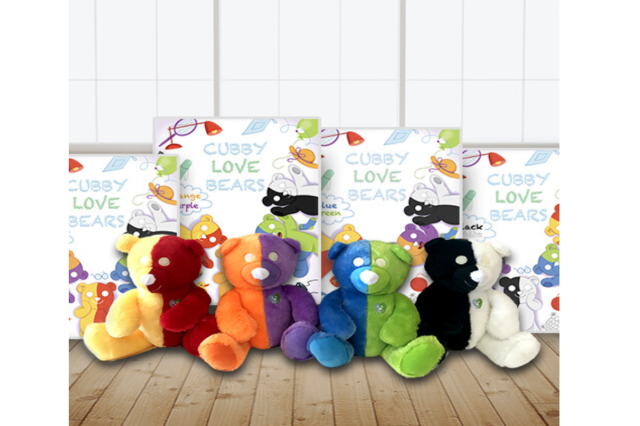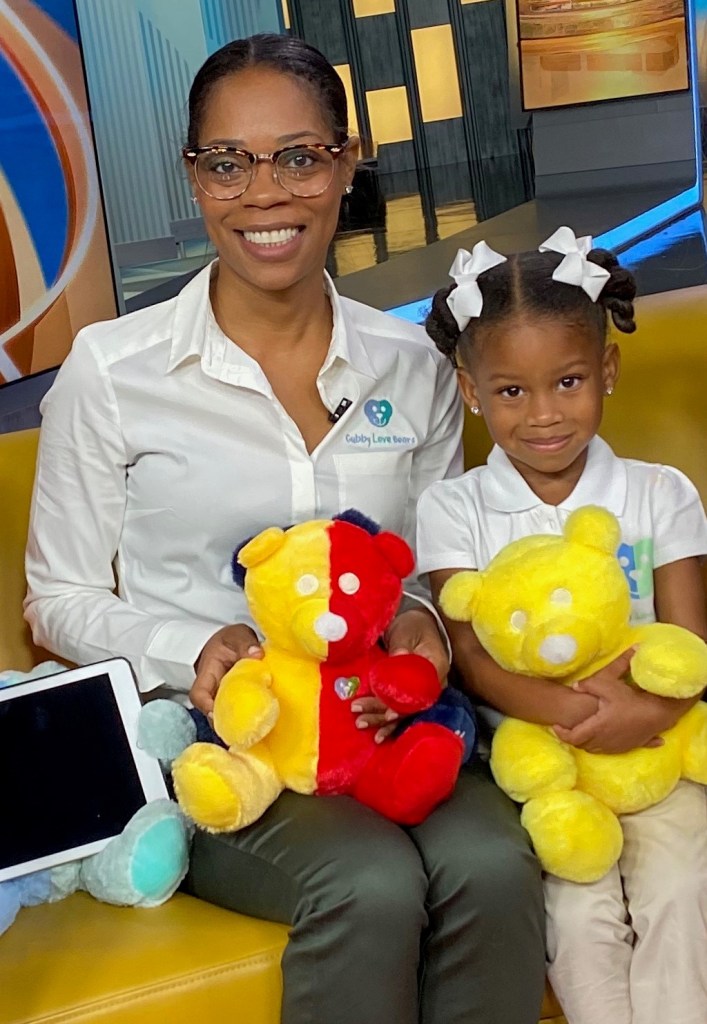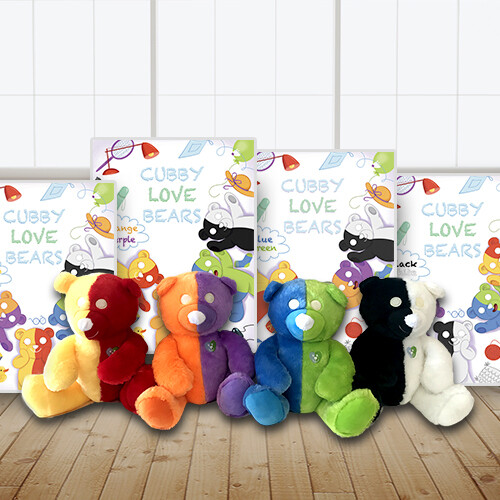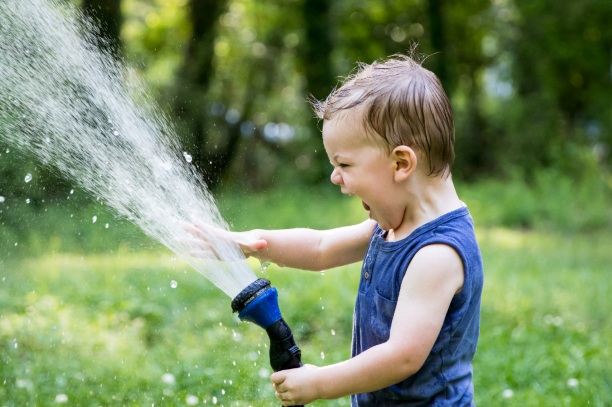
I recently did an interview to share insight into the benefits of summer learning and the positive impact it will have on a young child’s social-emotional development. I was joined by Dr. Helen Hadani, an expert in early childhood and creativity development, a fellow at the Brookings Institution and member of The Goddard School Educational Advisory Board.
We talked about the value of outdoor play and highlighted research that proves that this type of play builds and promotes children’s confidence, resilience and executive function skills. These skills include planning and flexible thinking; things that children will take into their adult lives. Outdoor play also has long-term health benefits. Discovering nature and other exploratory outdoor activities support gross motor skills (balance, coordination and agility), impact muscle strength and heart health and provide opportunities to develop senses of sight, hearing, touch and smell.
With such important skills that can come from outdoor play, my colleagues at The Goddard School recommend these seven easy activities to enjoy in the summer sun and the benefits of each:
1. Play in the water. Turn on the sprinklers. Blow up an inflatable pool. Break out a bucket of soapy water and the hose and make a toy car wash. Your little ones will love dunking their toys into the bubbles and spraying them clean. Sing a song as you play in the water to describe what your child is doing. Try singing “Here we are playing in the water” to the tune of “Here We Go Round the Mulberry Bush.” Water is great for sensory play and observing the bubbles is fun for your young scientists. Singing and talking while playing are terrific for early language development.
2. Let your child help. Children love to help, so why not enlist them to help water your flowers? Fill a watering can and show them how to water the garden. Tap into your child’s natural curiosity by asking why plants need water or what helps plants grow. Allowing children to assist with simple tasks helps them acquire valued skills and feelings of personal empowerment, self-worth and belonging.
3. Go for a walk. Ask your child to point to what they are seeing and talk to them about it. Your descriptions of the items will help them learn about nature while building language skills. Children also learn by observing and experiencing new things, so help them pick up flowers, leaves, stones and sticks and feel the textures of the different items. Being able to touch and feel in the outdoors is also the best way to spark creativity.
4. Conduct science experiments. Get out some ice cubes and watch them melt while asking your child to describe what’s happening. Or place ice cream in a sealed plastic bag and have your child play with it until it melts. Remember to talk to your child about what they’re seeing and repeat the activities a few times. Repetition supports learning and recognition.
5. Let kids get messy. Messy art projects are perfect for the outdoors. Using finger paints and paper, encourage your child to use his or her feet and hands to create a design. Or let your child get their hands really dirty by making mud pies. Creating a make-believe outdoor kitchen where children can “bake” muddy delights is always a big hit. Getting messy is one of the best ways for children to learn science. Bonus: Use the hose to clean while enjoying even more water play. Jumping over the hose spray is a great gross motor activity!
6. Set up an outdoor obstacle course. Using big cardboard boxes, blankets draped over a chair and favorite toys, create an obstacle course. Your child can explore going in, under and around the items. Give simple directions such as “roll the ball into the box” or “let’s have Teddy go through the hoop.” Your child will build language and listening skills as well as work on gross motor development.
7. Play with bubbles. Bubbles are just plain fun for children and adults. Kick bubble-play up a notch with some experiments. Get your child’s hands wet, blow bubbles onto their palms and listen to them squeal with delight when the bubbles don’t pop. Bubbles help young children strengthen muscles and develop gross motor skills.
Summer is a great time for outdoor play with your little one, and these activities will ensure that your child experiences a memorable summer full of learning and fun.
— Dennis R. Maple is Chairman and CEO of Goddard Systems, Inc., the franchisor of The Goddard School, and the proud father of two beautiful, grown children. Dennis is passionate about educating our nation’s young people. He comes from a family of educators and has spent a significant portion of his career supporting the K-12 community.
RELATED:
75 Big, Awesome Things to Do with the Kids This Summer
100 Outdoor Adventures to Do Before Your Kids Turn 10
Summer’s Here! 8 Awesome Outdoor Activities for Babies
